How To Stop Overswinging: Unlock Your Untapped Power
Understand how to stop overswinging the golf club, with the help of Golf Monthly Top 50 Coach Jo Taylor
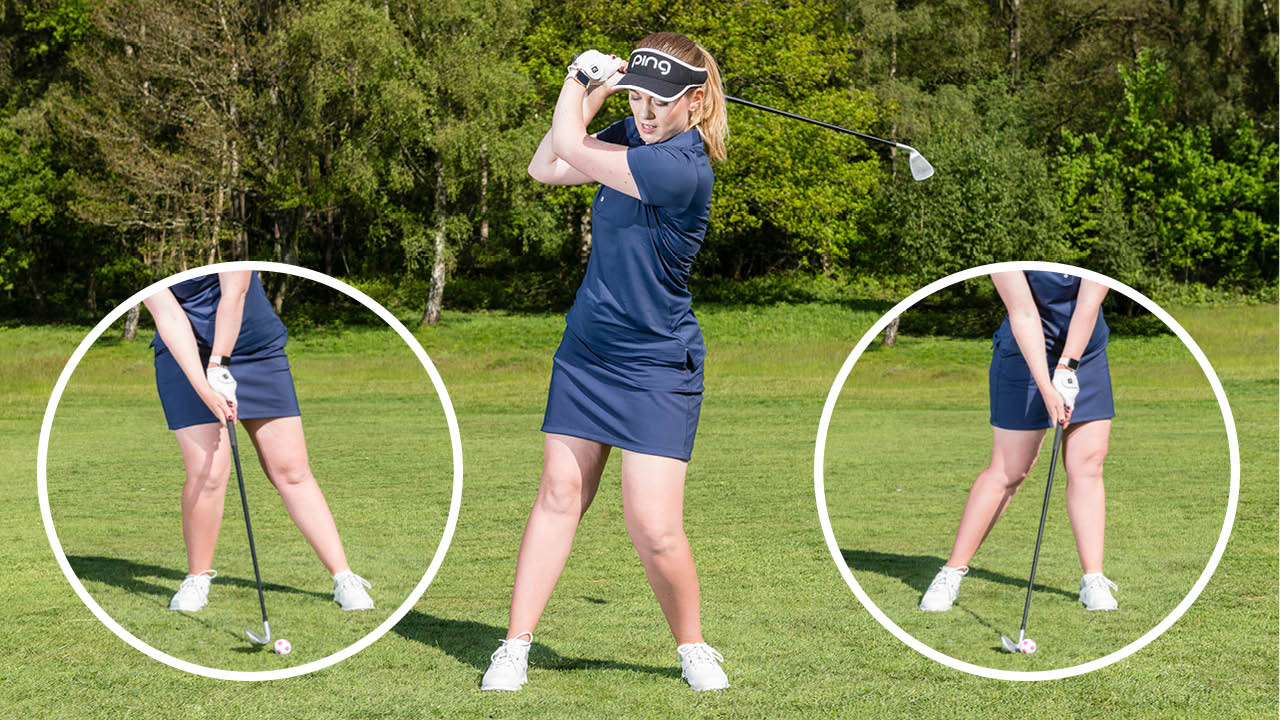
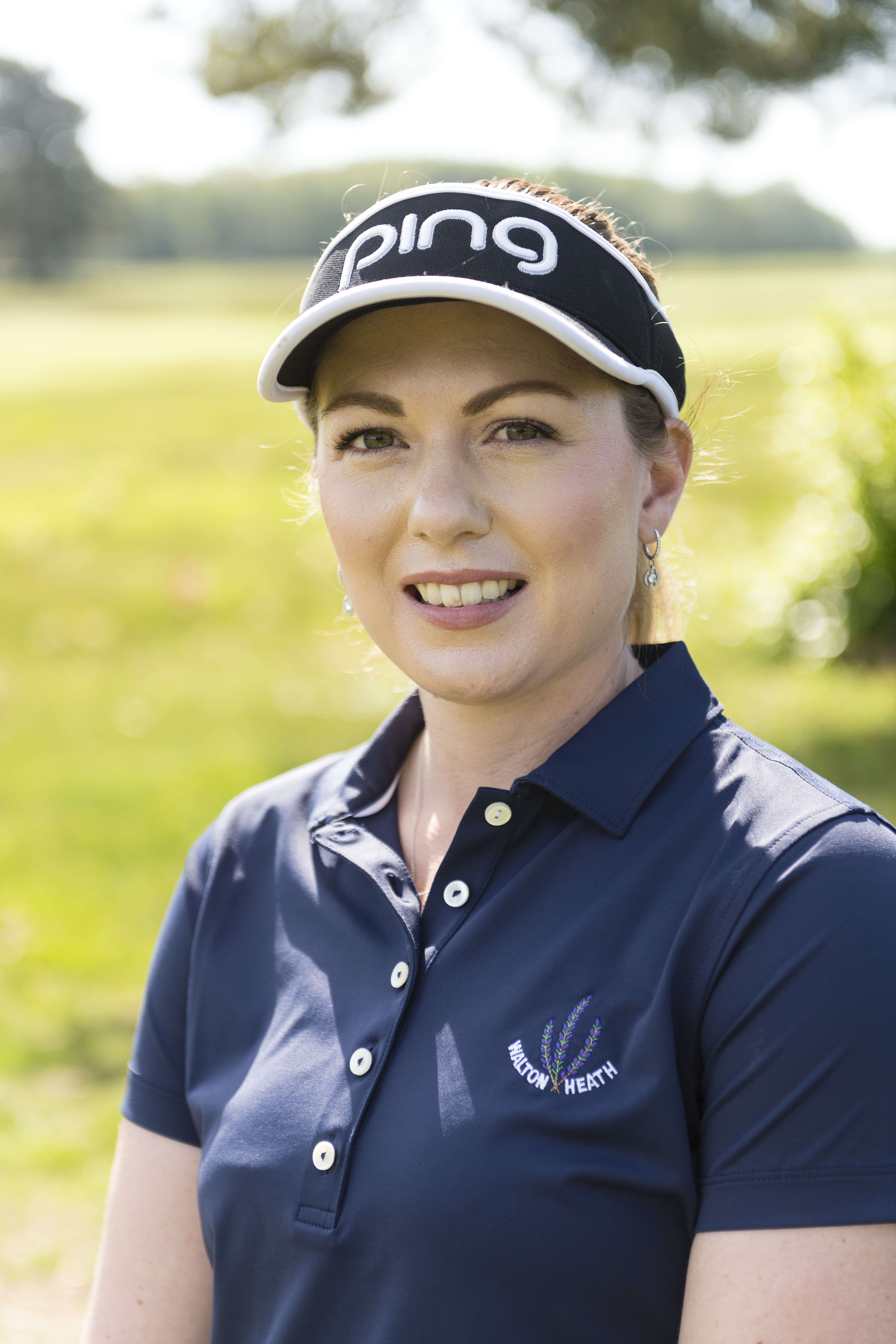
A common misconception in the game of golf is that you need a really big backswing to generate power, when in fact understanding how to stop overswinging could be the key to more distance.
The best golf tips will tell you that swinging within yourself, with great rhythm and tempo, is a far more effective way to get around the golf course and regularly put yourself in good positions.
In this article, Golf Monthly Top 50 Coach Jo Taylor shares some great advice on how to stop overswinging the golf club.
How To Stop Overswinging
An overswing is generally the result of a golfers arms going too far back in the backswing. This can be caused by bending the left arm, which allows the club to travel much further than actually required, but it can also be due to the body turn. When you have too much rotation at this stage of the golf swing, this can cause an overswing, but this is a lot less likely for amateur golfers.
Instead, you should focus on creating a shorter, wider backswing, much like the one adopted by Major champion, Jon Rahm. To achieve this, turn back and load your weight onto your right side. A good reference point is checking your left shoulder comes across to just inside your right foot. Learning how to get a straight left arm in your golf swing will also help, but don't become fixated on this becoming too rigid as this will also affect your swing.
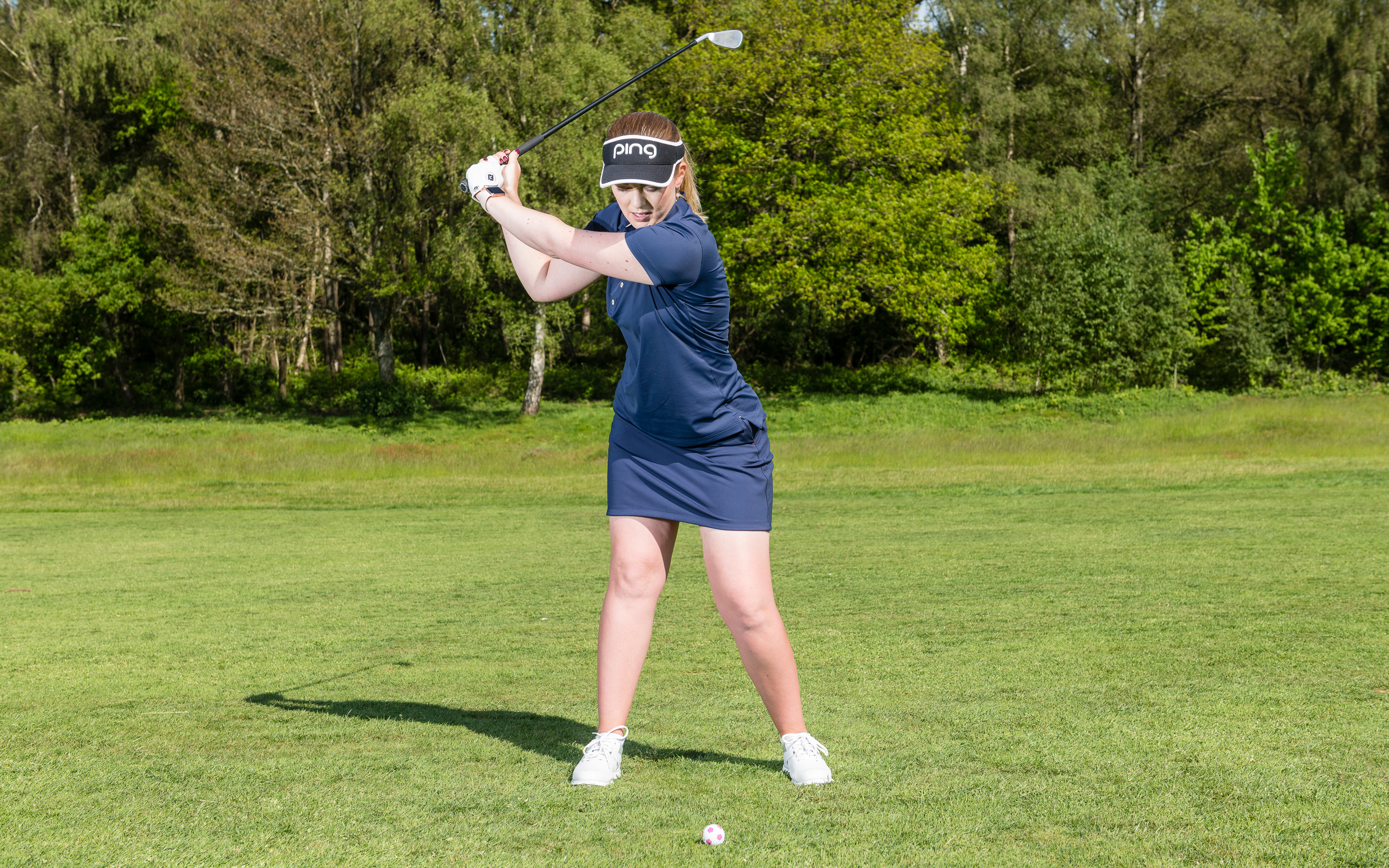
A shorter, wider backswing will improve your consistency
When it’s a compact swing, like the one in the image above, it's far easier to time the delivery of the club back into an efficient impact position for a better combination of accuracy and distance. A golf swing that moves past parallel doesn't tend to produce this outcome.
It's hard to gauge how far you’ve swung the club, and most of us will tend to swing further when we’re actually hitting it. I like to feel that my hands are almost level with the centre of my chest with a good bit of width. To achieve this, feel like you are pushing your hands away from your head, and not too close to the body.
Get the Golf Monthly Newsletter
Subscribe to the Golf Monthly newsletter to stay up to date with all the latest tour news, equipment news, reviews, head-to-heads and buyer’s guides from our team of experienced experts.
The Golden Position
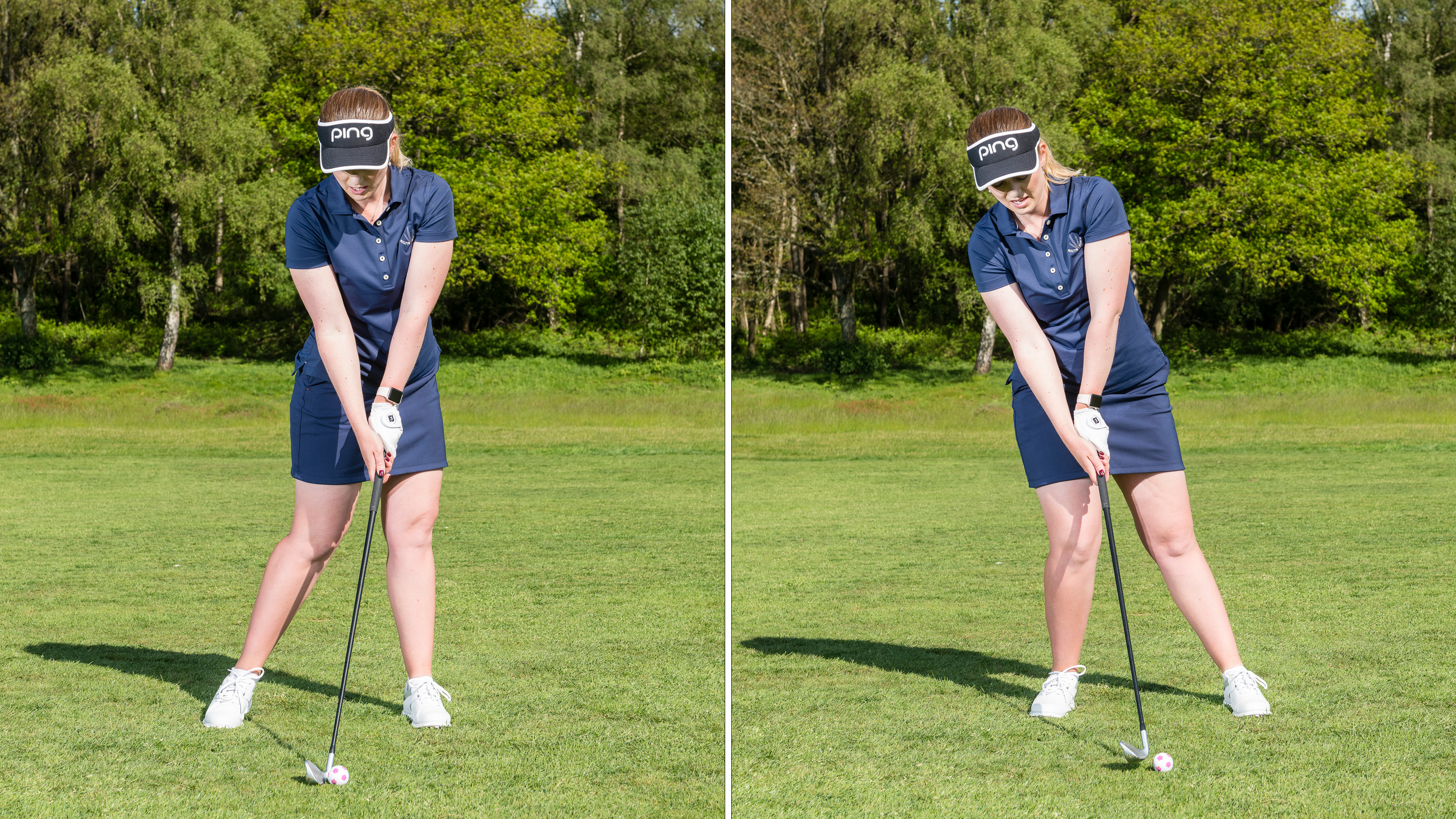
Power comes from hitting down on your irons (left). If you reverse pivot, your impact position will suffer (right)
This (above left) is a good image of a great position to try and keep in your head. With your irons, power comes from hitting down and learning how to compress the golf ball - this is the position you want to strive for.
When you overswing, there is a good chance you will reverse pivot, meaning you need to work on your weight distribution in the golf swing. When your weight shifts forward in the backswing, returning the club to the ball becomes very difficult to achieve with any sort of consistency. The result is that contact will be poor and you'll be relying on your hands to bail you out more often than not.

Location: Walton Heath
Jo teaches at Walton Heath and is a PGA Advanced Professional having graduated in 2011. She has helped hundreds of women and girls get into the game and she is a strong believer that, whatever your ability, everyone can get plenty out of the game. Jo is currently working towards a Doctorate in Sport and Exercise Science.
Teaching philosophy:
I like to keep things simple and try to articulate things in a way that is easy for the student to understand. I need to understand the technicalities of what is creating their ball flight, but I need to be able to communicate that to the student in a way that they can utilise.
A typical lesson:
My lessons begin with a lot of questioning, I want to understand what the person wants out of their lesson. I want to understand as much about their game and what they are struggling with. Once I’ve seen their flight and motion, I will often utilise video and TrackMan data to further understand/reinforce what I’m seeing. I always want my students to understand what we are changing and why. I then take the player through what we want to change, and how best to practise. I close my lessons by checking for understanding and asking the player to tell me what they going to work on.
Most common impact:
Angle of attack is often a common impact fault I see, with players either being too steep or too shallow. Most often this is caused by a lack of rotation or a poor concept where a player is trying to scoop or chop down on the ball. I try to correct the fault by demonstrating the concept before getting the player to make small, controlled swings to get a feel for the new movement. With some players I try to find a visualisation or an external focus of attention which helps them make the desired movement without overthinking.
-
 Rory McIlroy's Sports Psychologist Explains Why He 'Didn't Talk' To Bryson DeChambeau In Masters Final Round
Rory McIlroy's Sports Psychologist Explains Why He 'Didn't Talk' To Bryson DeChambeau In Masters Final RoundDeChambeau raised eyebrows at Augusta National when claiming that McIlroy wouldn't engage in conversation during the final round of The Masters
By Jonny Leighfield
-
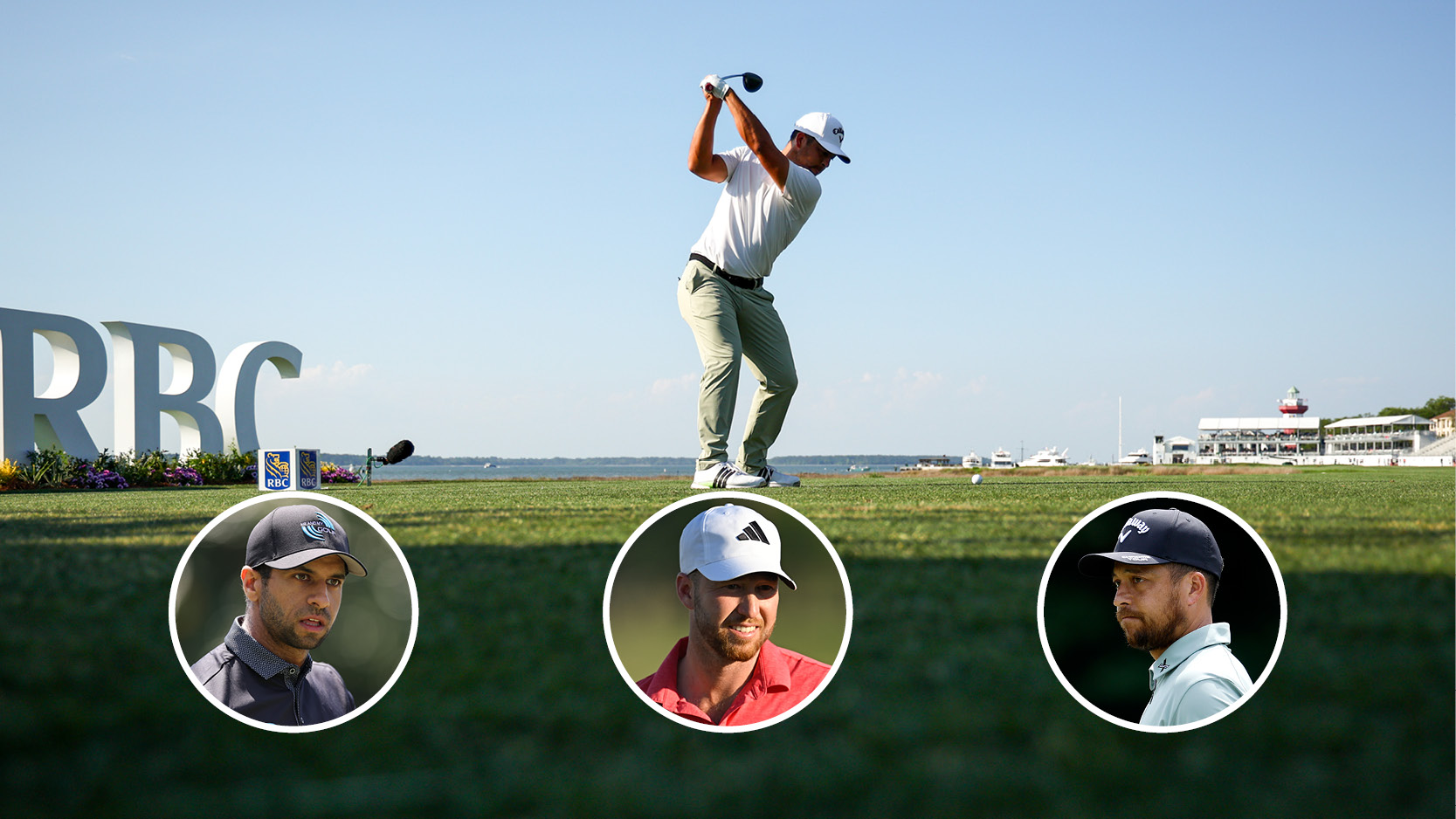 RBC Heritage 2025 Picks, Odds And Predictions
RBC Heritage 2025 Picks, Odds And PredictionsAfter a thrilling week at The Masters, the PGA Tour returns to Harbour Town Golf Links and the fifth Signature Event of 2025
By Matt Cradock